Woody Grab Bag #001
Debut of the Woody Grab Bag, a San Francisco history hash.
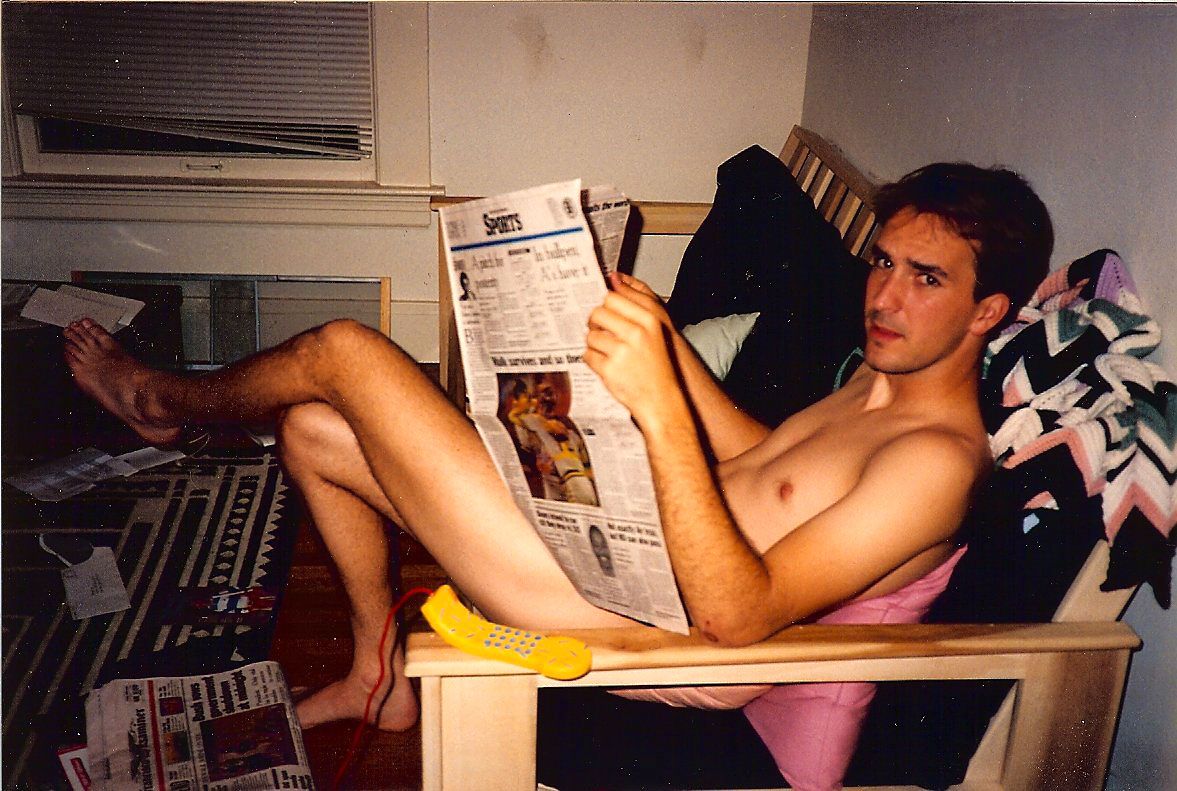
In Ye Olden Days, when the Sunday newspaper was the size of a oak log (more than 400 pages, children), I loved the "Sunday Punch" section. In it, the San Francisco Chronicle laid out editorials, opinions, features on city life or personalities, satires, cartoons, humorous experiments, strange news, first-person submissions, and the like.
This was where columnist Herb Caen waxed nostalgic and melancholic. Alice Kahn acted the wry and clever friend. Stanton Delaplane and Art Hoppe put out breezy (maybe boozy) 800-word plays and imaginary dialogues. Adair Lara shared her family drama. Margot Patterson Doss took you for a neighborhood walk. The Punch was a two-cups-of-coffee section and the brazen thief of a entire Sunday morning.
My favorite part was always "The Grab Bag" column.
Written by L. M. Boyd (with able and cryptically referenced assistance from his wife, Patricia), The Grab Bag was syndicated in other towns as “Mike Mailway,” “Fact or Fancy,” or “Draw Up a Chair.” Each Grab Bag was a list of short trivia and did-you-knows. Boyd had a rule that no item could lead to the next. One might go from the characteristics of emu feathers to the etymology of “skinny-dipping” to the revelatory news that of all the months January has both the fewest marriages and the fewest divorces.
The Chronicle usually printed modified Victorian-era clip art with The Grab Bag, accentuating the scrapbook vibe.
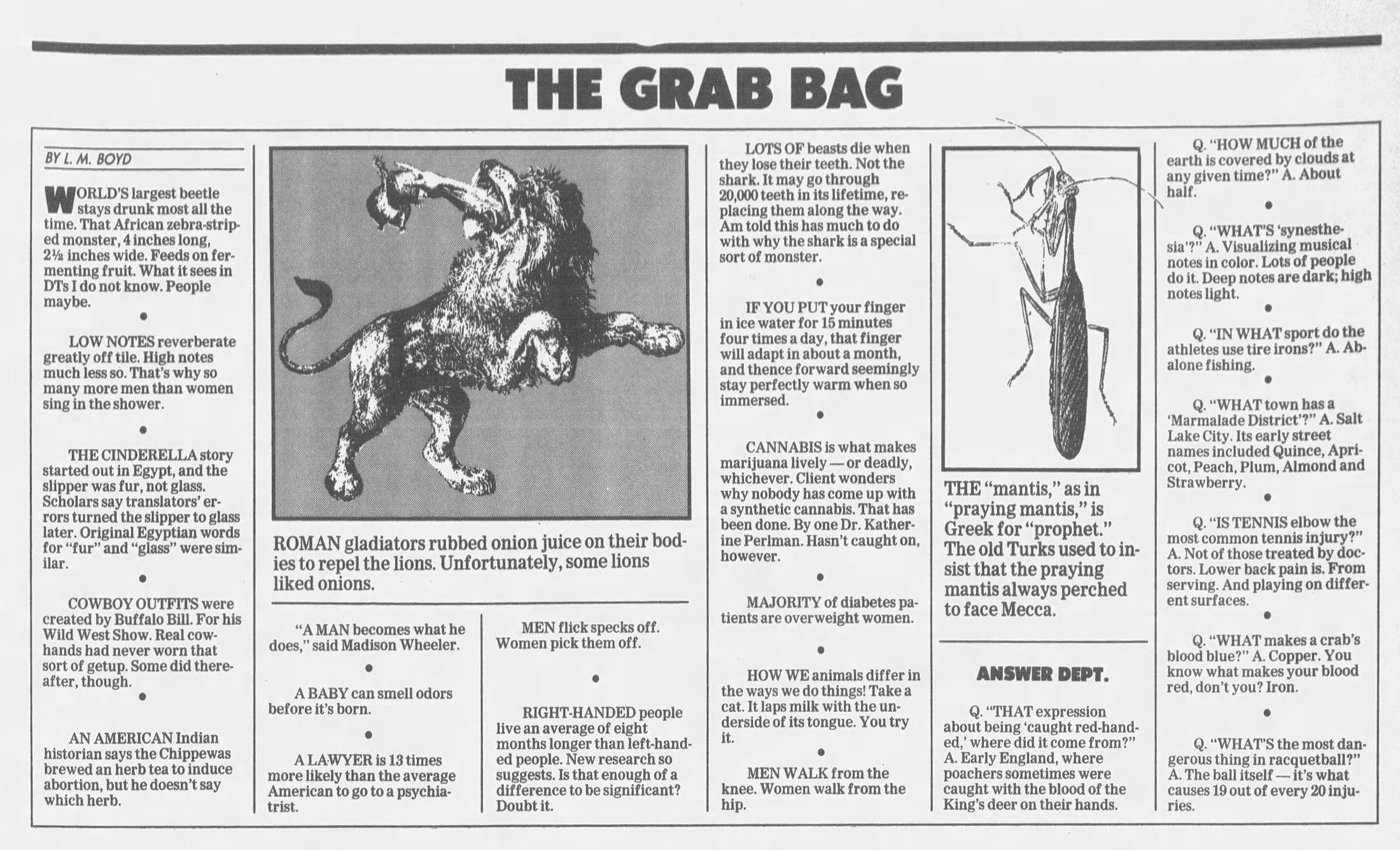
Most of the “facts” wouldn’t stand up to scrutiny in our search-engine age, when experts on every sliver of human existence wait inside our phone to interject “Actually…” or “It depends upon…” or “This is a gross overstatement…” And even in the dead-tree-news era The Grab Bag inspired frequent correction letters to the editor.
But absolute truth wasn’t the bag of The Grab Bag. Boyd entertained. He was the tale-telling uncle at the table: erudite, clever, dead-pan, and adept with archaic but efficient forms of expression. Who begins sentences today with “Am told that…”?
He often referenced a made-up cadre of division experts, such as his Language Man, Name Game Man, or Love and War Man. The “Answer Department” dealt with supposed queries from his readers. Some of the most trivial of trivia was assigned to the “News from All Over” department.
For 40 years the Boyd brain-trust pumped out these hodge-podge columns six days a week to as many as 400 newspapers across the country. He retired at the end of 2000, ceding ground now occupied by tweeters, tik-tokers, tubers, and listicle-makers.
I would never dare to imagine recreating the brilliance of the regular Punch writers, and the days of that much ink and paper flopping onto your doorstep are over. But the Punch is my mini-inspiration for "Friends of Woody" emails. While most Wednesdays I send out a researched and coherent story on San Francisco history, twice a month Friends will get some combination of The Grab Bag and old Sunday Punch: odds and ends, bits and bobs, curiosities stumbled upon, treasures from a random trip down a rabbit hole, Woody memories, and, all in all, only things I like and want to share.
In Grab Bags I can expostulate and opine and take the freedom to use words like expostulate and opine. I may occasionally get maudlin (like a Herb Caen Sunday column) or go on a bit too long and a bit too personally on some family anecdote (like an Adair Lara piece). I may tend to obsess on details of old snapshots. The good news is there should be lots to browse through and like the old Sunday Punch, you can skip ahead or pick out just what interests you.
One has to subscribe to read these, have some skin in the game, and decide, “Heck, the coffee's made: I can give ten minutes to Woody’s randomness.”
So let’s get started.
North German Hotel, 1898
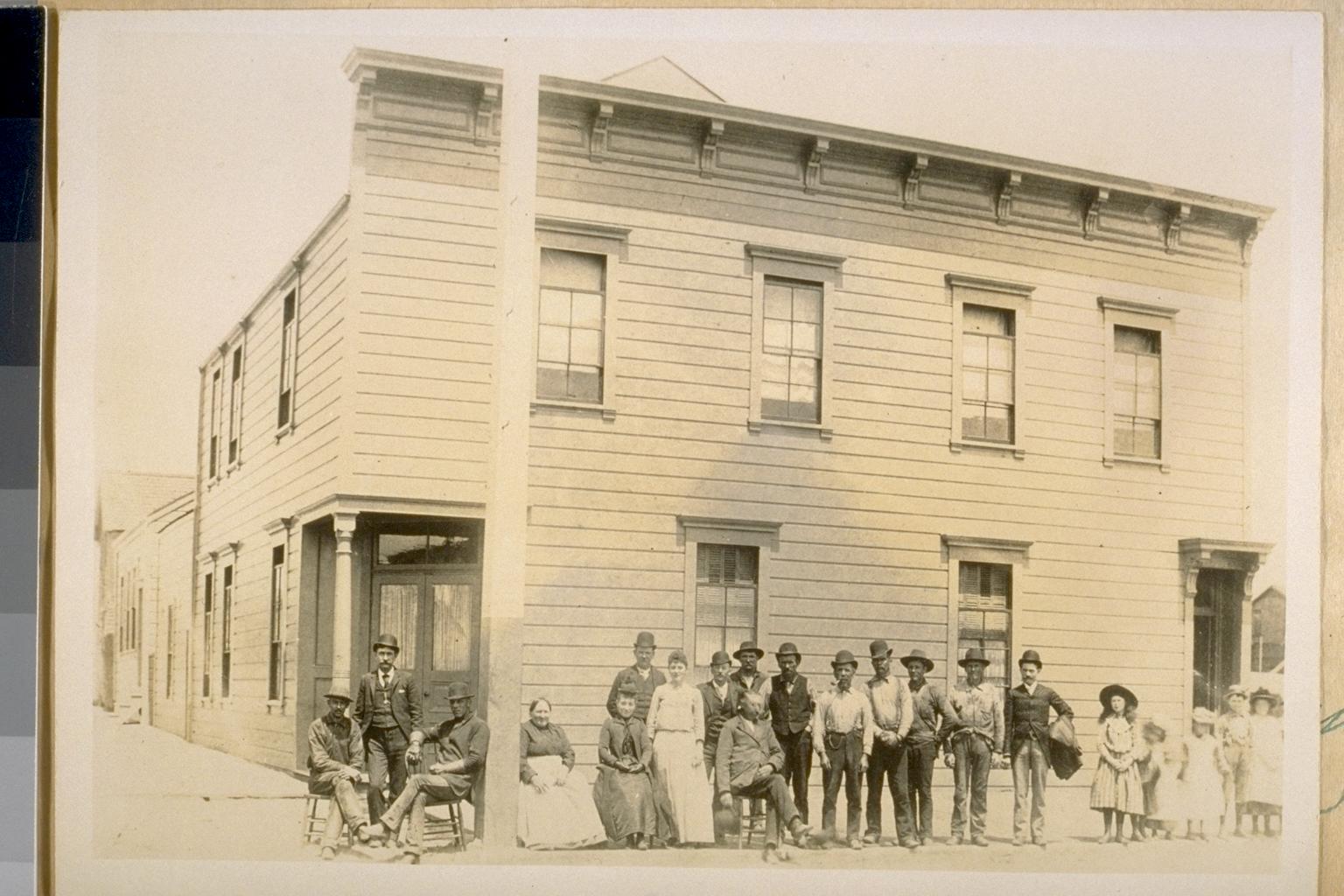
Welcome to South of Market in 1898 and a photograph I like. The North German Hotel and its outbuildings on the corner of 8th and Brannan Streets had lots of room around them at the time of this photo. Over on the Bryant Street side of the block were small flats and tenements, while down the street to the east were industrial cornerstones like the American Garbage Company. Wonder what's on this site today? It's 888 Brannan Street, the headquarters of Airbnb, although who knows if anyone has returned to their desks yet.
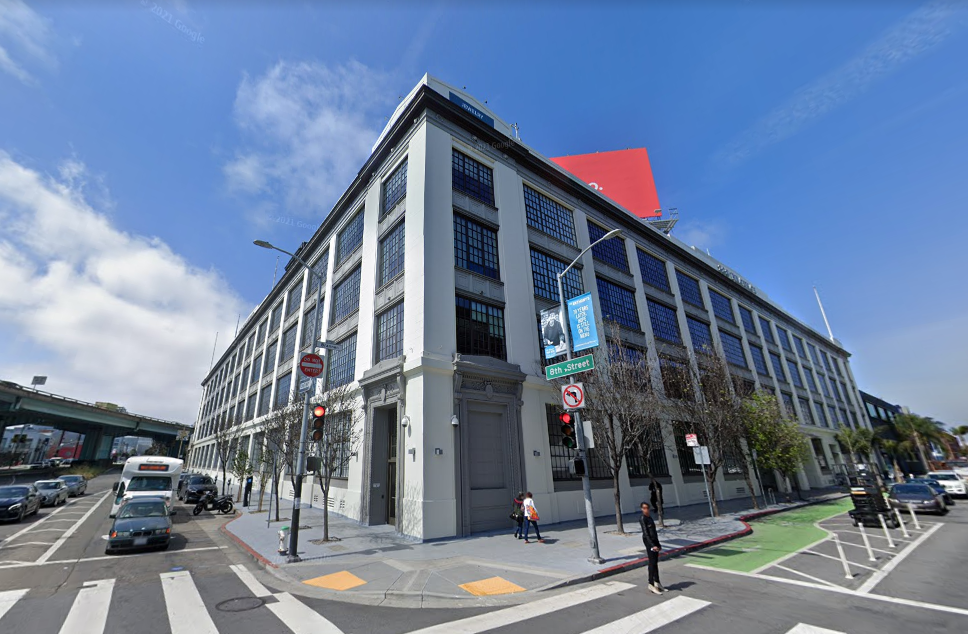
This Just In (1908)
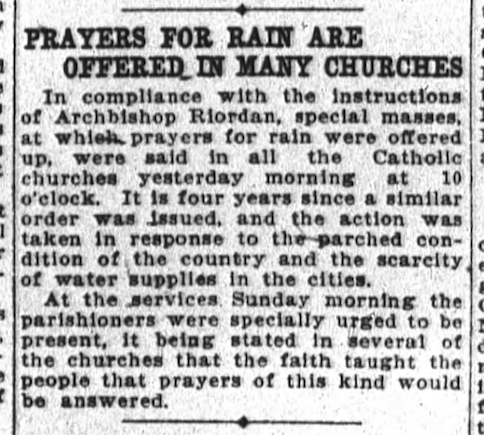
Perhaps it's time for the current archbishop to get with it? (Better than making points about whether politicians deserve communion.) Fewer Catholic parishes must mean fewer prayers and fewer raindrops, so maybe we should all start looking for retirement property in rainy New Jersey.
And Wear a Lot of Black
Quote from The Awakening by Kate Chopin, heard in audiobook form on my walk to work (thanks San Francisco Public Library):
To be an artist includes much; one must possess many gifts—absolute gifts—which have not been acquired by one's own effort. And, moreover, to succeed an artist must possess the courageous soul [...] the brave soul. The soul that dares and defies.
I agree art needs courage, but beyond "absolute gifts" I believe it mostly requires a work ethic. Spoiler alert: not too long after hearing this told to her, the protagonist commits suicide. That's an 1899 novel for you.
Market Street, 1950s
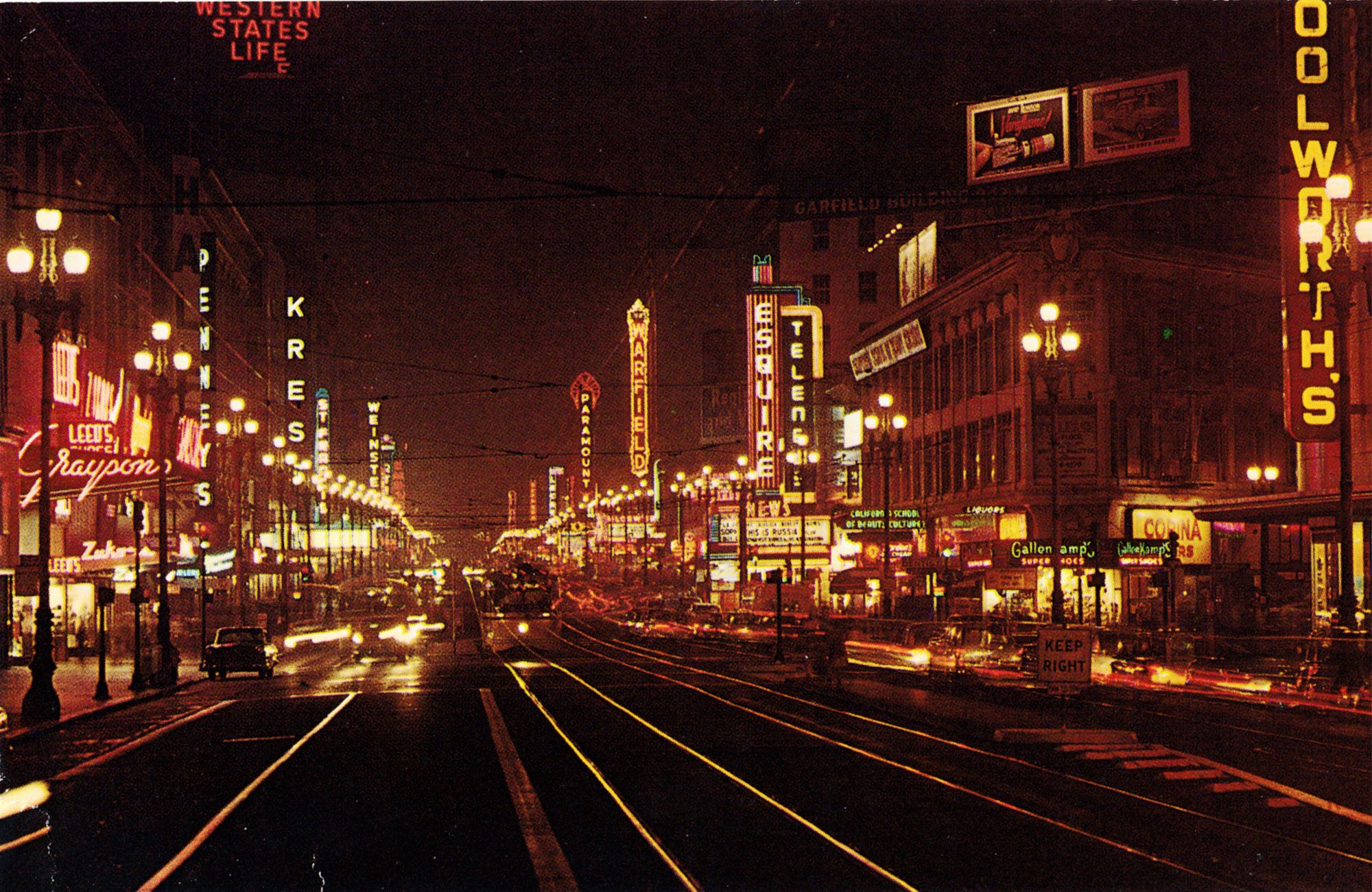
This is a terrific postcard view of when Market Street was an illuminated White Way of neon and theater blade signs. Courtesy of an old friend, Jack Tillmany. The Warfield in the center distance is still around, but most everything else is gone. The Telenews in the middle right opened with a business model of showing newsreels all day.
Like neon signs? Follow my friends Al Barna and Randall Ann Homan at San Francisco Neon for great events and other programming on neon appreciation and restoration.
Market Street, 1890s
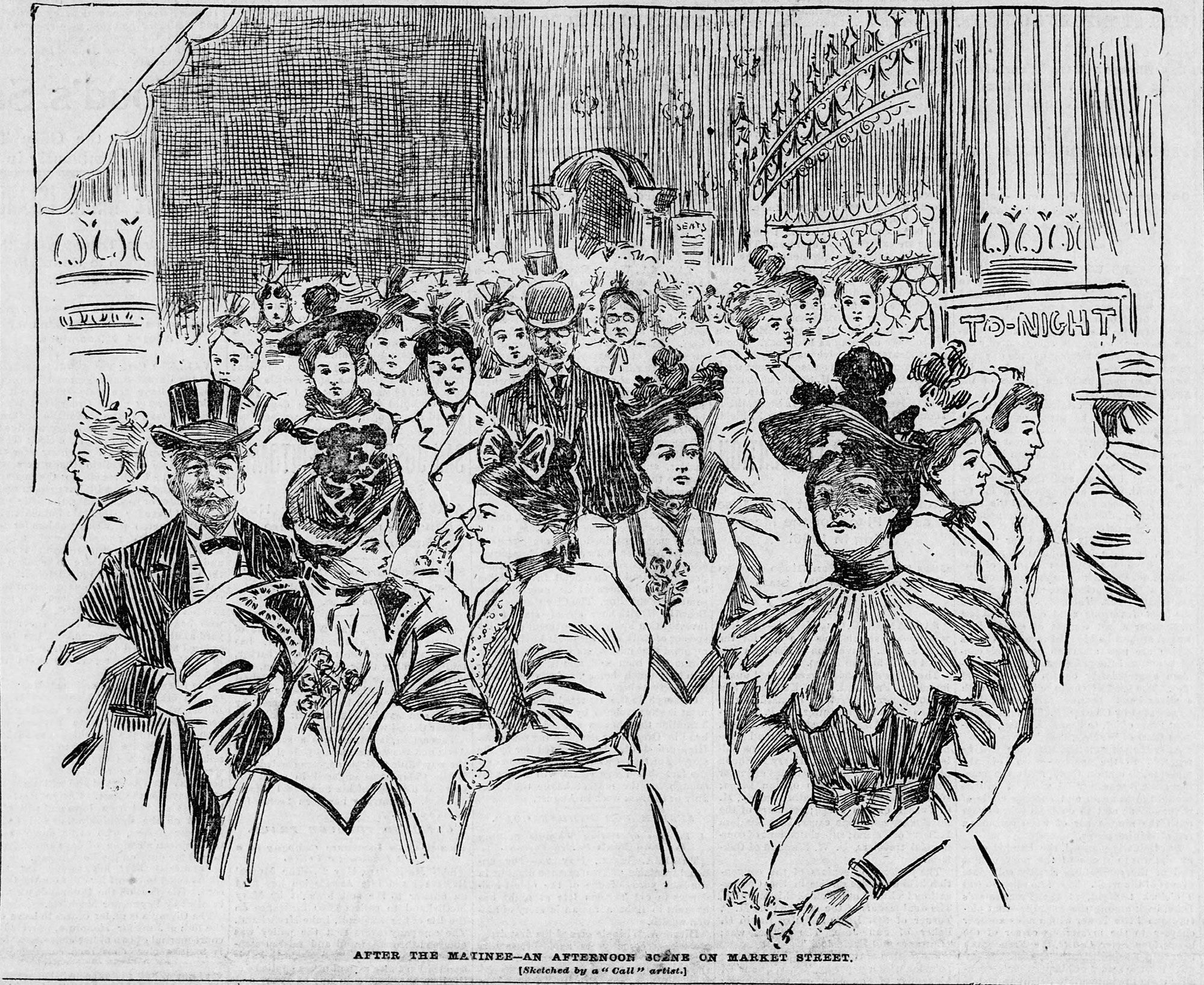
Another view of Market Street, but from 1895, this a San Francisco Call sketch of a post-matinee crowd. Just another reminder that San Francisco's main artery was once more than just a transit corridor.
Before photographic technology caught up, artists (be they courageous souls, brave souls, or not) knocked out hundreds of illustrations for the San Francisco dailies. At the height of the era we're talking four rival newspapers. It always gives me a pang to see the old Sunday supplements in microfilm and digital form drained of their original color. Now and then a print copy of one of these turns up and you know what you've missed.
I was very impressed when the writer Nicholson Baker saved the equivalent of five semi-truck-containers of old New York Worlds and other newspapers being deaccessioned by the British Library. He eventually had the whole collection transferred to Duke University with a provision the material be held in perpetuity. Baker hated the library practice of microfilming material, marketed as a way to save space by trashing originals. I wonder what his feelings are on advanced modern scanning technology, which allows all that glorious old color to be captured and shared easily with the world.
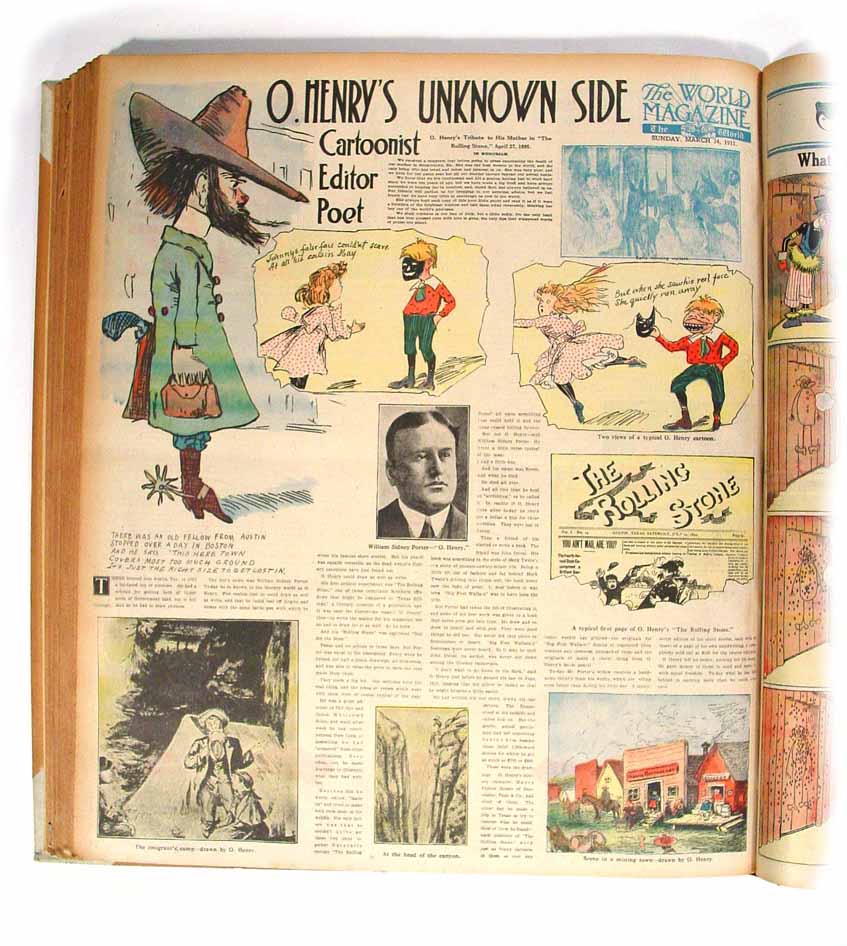
172 Years Ago
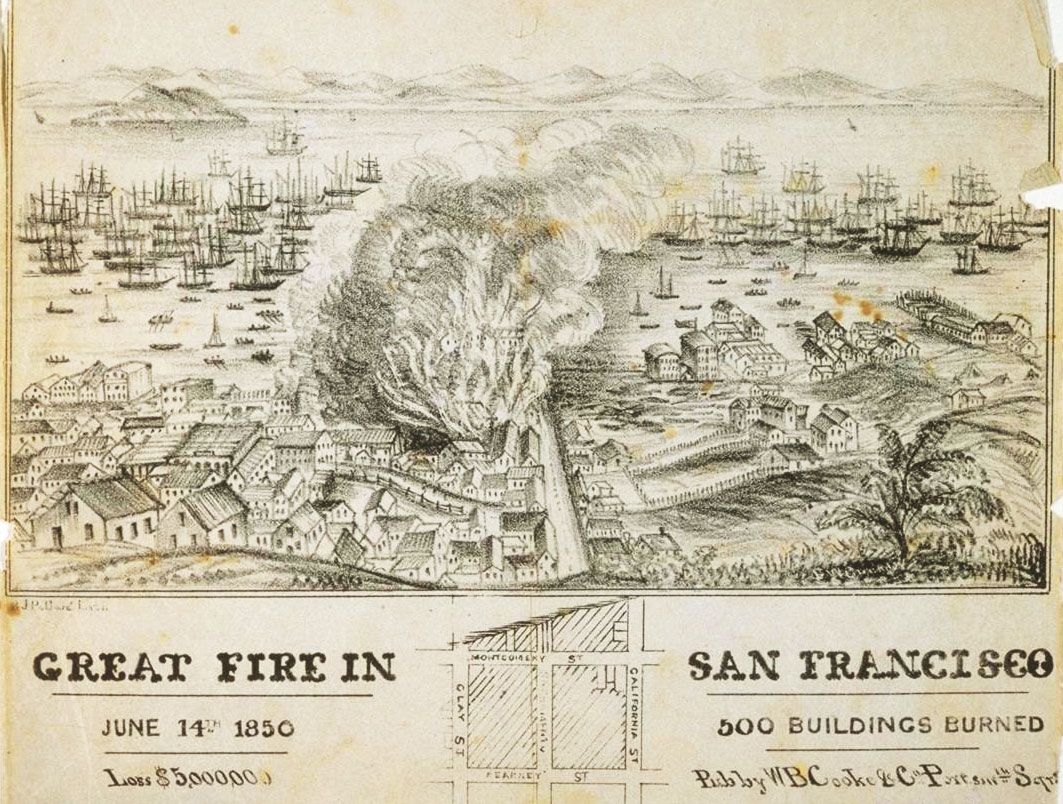
"Scarcely had the citizen time to breathe after their recent exertions at the fire of the 4th of May, and the labors which followed in erecting new buildings in room of those destroyed, when again, the terrible cry of fire rang in their ears. This is was the third conflagration to which the city had been subjected, and its ravages exceeded even those of the two previous great fires united, being estimated at nearly five millions' worth of property." — The Annals of San Francisco (published in 1855) describing the fire of June 14, 1850.
The city burned a number of times in the early 1850s. Here's a lot more info from Theresa Hupp.
Replay
Get some Herb Caen and quickie views of Market Street (and more neon!) in this SF History Minute. The newsreel was courtesy of Jack Tillmany.
From the Woody Family Archives
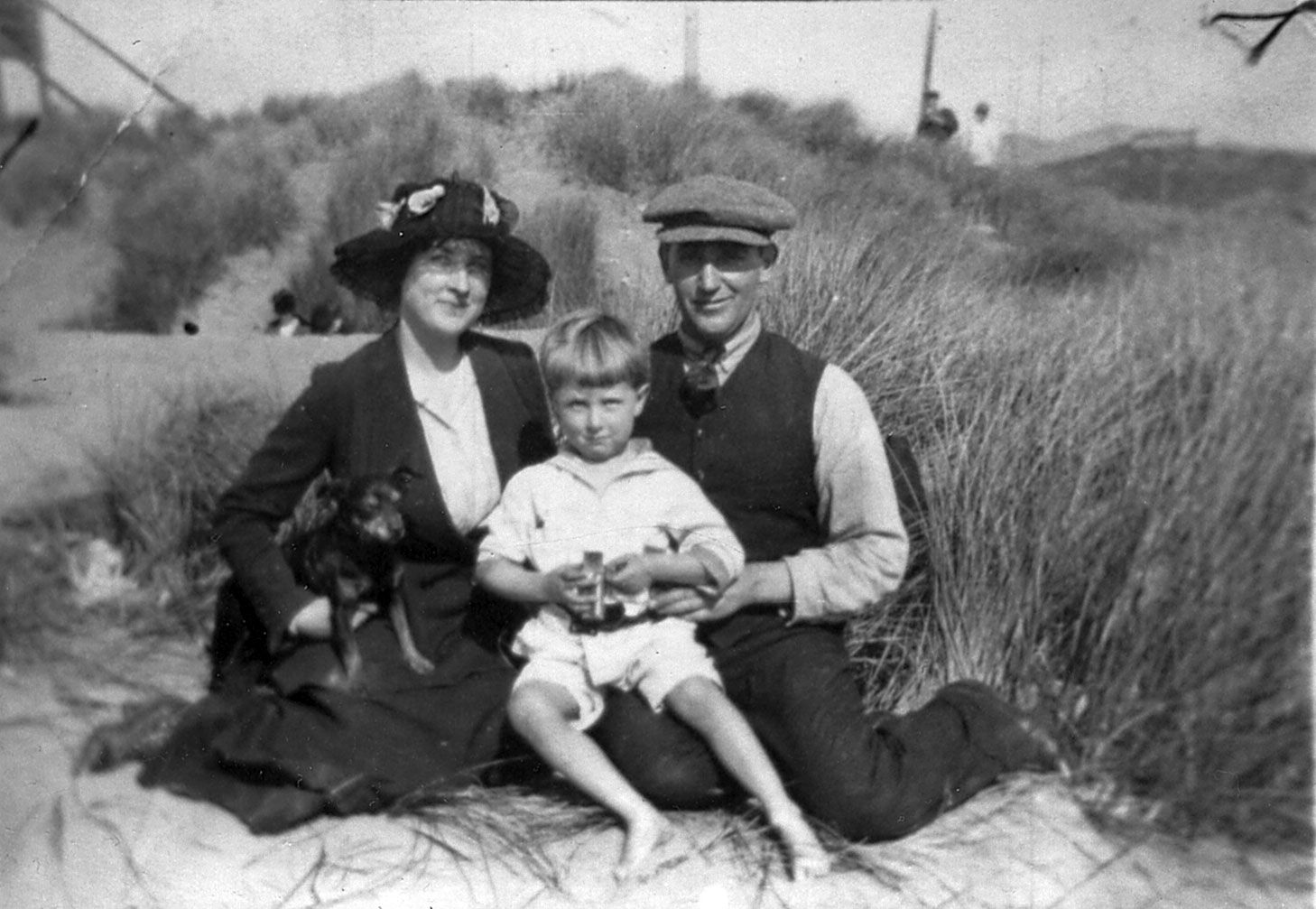
My great-grandparents with my grandfather, Eugene, on yet another overcast Ocean Beach day about 1919. The dog's identity remains a mystery.
Last week's San Francisco Story
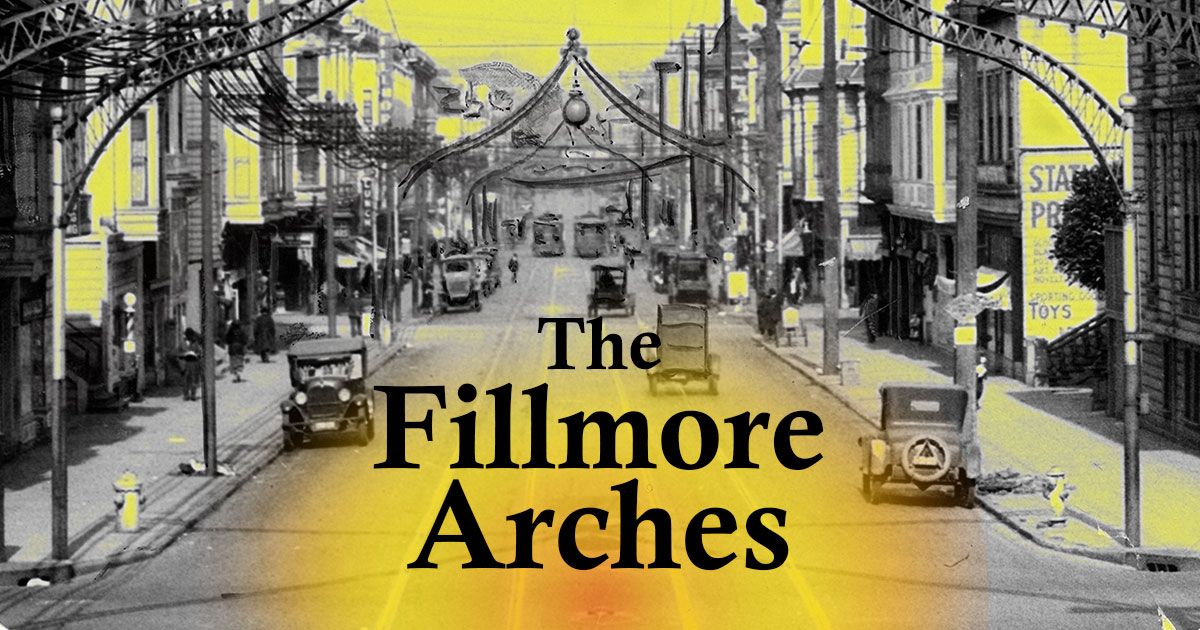
That's it for now. Get outside and go for a walk!


